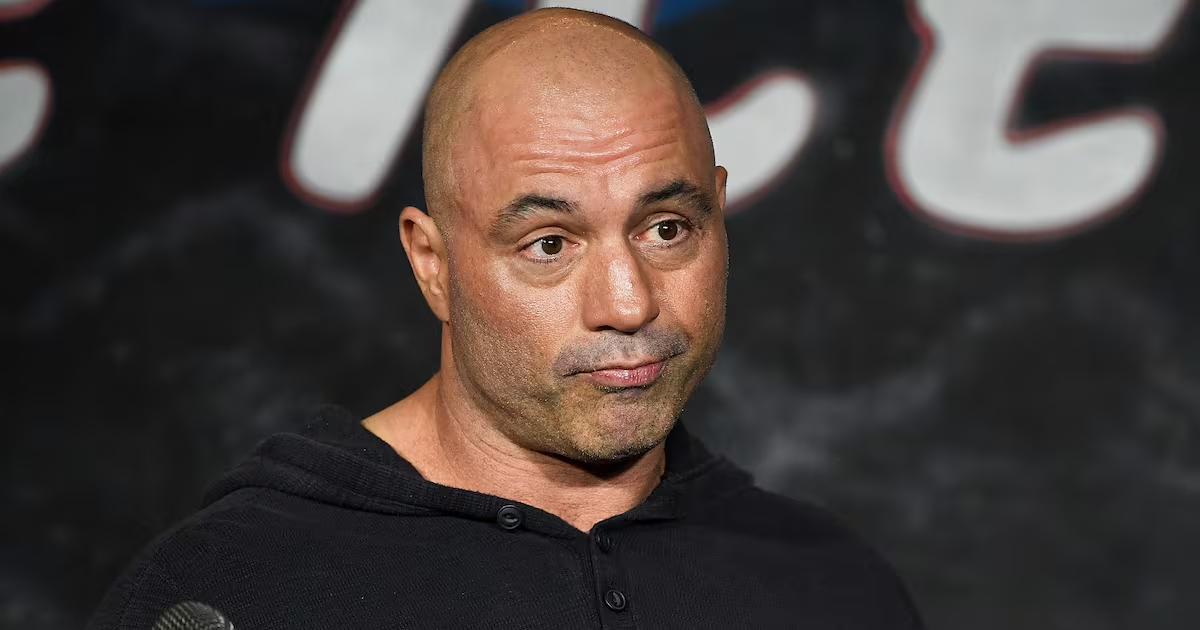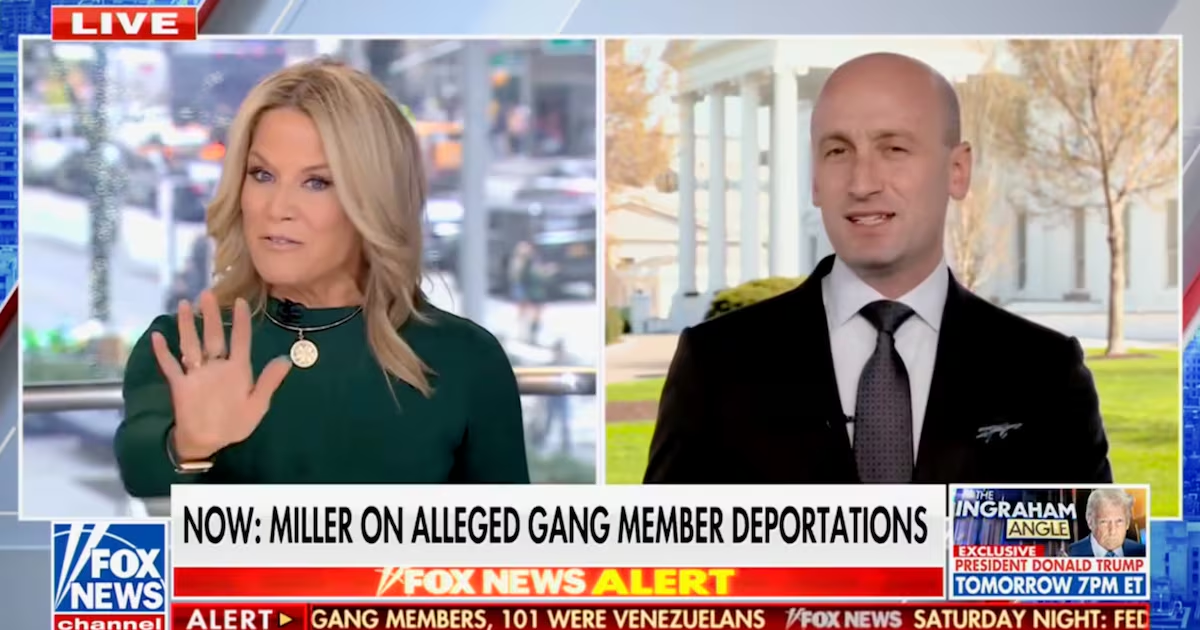The world of high-end whisky is reeling from the recent confirmation that a hugely expensive Scotch is a fake. A single pour of what was believed to be an 1878 bottling of The Macallan was sold in good faith by a bar in a Swiss hotel for $10,000 this past summer. However, the whisky sounded too good to be true for some aficionados, who raised concerns about its authenticity. The hotel submitted the bottle for rigorous testing, and a few weeks ago it was announced that it was, indeed, not authentic. The hotel refunded the customer’s money and was publicly lauded for doing so.
Well, golly! Fake whisky? How is that possible? Folks, it happens all the time.
However, the creation of rare fakes is a relatively new thing; at least, for whiskies. As Geoff Kirk, Director of Prestige for The Macallan, put it, “it was the unfortunate and, arguably, inevitable outcome of increasing appreciation and demand set against a genuine scarcity of high-end whiskies. The world of wine had suffered from counterfeits for decades, if not centuries, so it would have been a surprise had the criminal element not attempted the same in spirits.”
Some of the first fakes came to light in the early 1990s, when United Distillers, which would become Diageo, began to build its whisky archive. (It now includes more than 5,000 historic bottles.) Diageo’s Director of Whisky Outreach, Nick Morgan, recalls what happened as they reached out to auction houses to begin building the collection.
“It soon became apparent that there were a number of highly improbable single malt bottles on this market,” Morgan says. “Not fakes as such, but imagined bottles and imagined labels purporting to come from highly desirable distilleries in the nineteenth and early twentieth centuries. We had no records of [these] labels. Very often the semantics of many of these belonged to the twenty-first century rather than earlier; and the physical get-up was often clearly wrong. A memorable comment from one of the conservation experts we took along to a viewing was ‘these are good, but I could do a lot better.’”
“I suppose my Eureka moment,” he recalls, “was when a collector asked me to take a look at some bottles he had been offered to buy, among which was a Talisker, supposedly from the 1890s. I knew something was wrong with the bottle, and asked to keep it for a couple of weeks. It took that long for me to realize that the hand-drawn picture of the distillery on the label had been copied from a 1980s photograph.”
The Macallan ran into a similar problem near the end of the 1990s. The distillery was collecting examples of old and rare bottles of its whisky, and again, an unusual number of extremely old bottlings appeared on the market. There was a wave of exuberance, and Macallan even sold replica whiskies of a number of these supposed 19th century spirits. Unfortunately, many of these antique Scotches that the distillery had collected and used as a reference for the modern versions, were eventually determined to be counterfeit, and there was talk by some collectors about whether The Macallan had unwittingly encouraged the fraud.
Kirk spoke candidly to me about the issue. “With hindsight, it would be understandable for us to be self-critical,” he admits. “Certainly, if we could turn back the clock, the company would take extra steps to analyze the contents rather than relying on the dating of the glass and the labels, which were assessed by experts to be from the appropriate era.”
The fakes that were caught at The Macallan garnered quite a bit of press, but there were bottles, both from that “outbreak” and others, that went into private collections. “Many of the bottles that were in circulation in the early 1990s still seem to be around,” Morgan observes, “cropping up on auction sites or for private sale, often for thousands of pounds. In addition, there is a developing trend to either copy or refill older bottles for sale to collectors and enthusiasts.”
There is a substantial gray market for empty bottles, old labels, and used corks, all of which are paints for the forger’s palette. Take a hand-blown bottle, an artfully stained and repaired cork, and a carefully peeled label, and all you need is some decent blended whisky to have a passable fake, which can be sold for as much as the market will bear.
For the auction houses, it’s a matter of constant vigilance. Isabel Graham-Yooll is the Auction and Private Client Director for Whisky Auction Ltd., of London. “We have a very strict anti-fraud policy in place which helps us to identify fakes,” she says. “We have a team of expert eyes inspecting each and every bottle before auction and we filter suspicious bottles. We discovered a large-scale counterfeit operation and we were pleased that we prevented potentially thousands of fake bottles at our auction.”
But, of course, whiskey fakes are not limited to Scotch. “Sadly, the Van Winkle bourbons are the latest victim of counterfeiting where innocent consumers are duped,” says Mark Brown, president and CEO of Buffalo Trace Distillery, which now produces the Van Winkle whiskies. Pappy has become ridiculously popular, and all the tricks of the booze fraud trade are being employed in its illicit duplication.
Whisky companies fight this to a degree that matches the likelihood of their product being faked. The Macallan, for instance, employs a variety of techniques to protect the integrity of their high-end whisky brands.
“We continually enhance the security and authenticity features across The Macallan range,” Kirk assures me. “Some of the features are very overt, such as the holographic labels that have been attached to the capsule of Macallan bottles since 2012 in most markets. Other are confidential, and will remain so to ensure we make it as difficult as possible for counterfeiters to succeed.”
But if you’re not buying bottles from a reputable auction house or a licensed retailer, those anti-counterfeiting measures will not offer much protection. It may sound self-serving, but Graham-Yooll points this out when asked how to avoid getting caught by fraud: “The truth is, buy from trusted sources that offer some form of guarantee, don’t buy peer to peer (on Facebook, etc.) and don’t buy anything too good to be true: same as with any investment. More than anywhere else, it is bottles that originate from private sales [that] turn out to be forgeries.”
Even then, be cautious, be smart. As an anonymous industry source pointed out to me, the proliferation of so-called whisky investment specialists, online auctions, and the various closed online groups where old whiskies are traded are, for the most part, completely unregulated. This has been a green light to both professional and amateur fakers.
To paraphrase every cliché cop show I’ve ever watched, I say this to all whiskey collectors, let’s be careful out there.





